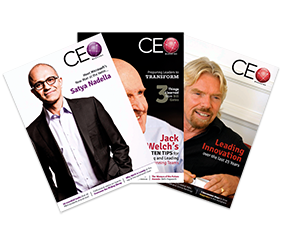The Hidden Game: Uncovering The Business of Sports
L. Felipe Monteiro
A nail-biting penalty shootout. A sprint title decided by mere milliseconds. A championship that comes down to the wire. From baseball to badminton, sport has a remarkable ability to unite millions of people around the world and leave them on the edge of their seats, whether they’re watching the action unfold in person or tuning in from afar.
Behind the scenes, the business of sports is much more intricate than many fans may imagine. It is a vast, complex industry that extends far beyond what is visible to spectators, driven by everything from globalisation to geopolitics to digitalisation.
Below, we pull back the curtain on five key business trends that define the world of sports today.
1. Transversality
The intersection of sports and other industries, including media, finance and fashion, is a goldmine for collaborative ventures. The majority of sports teams’ revenues are derived from global television rights, which were estimated to be worth around US$56 billion in 2023 (including non-team sports). The transition to streaming has reshaped the landscape, creating fresh investment possibilities and redefining how sports is consumed and monetised. Think Netflix’s foray into sports documentaries such as “Formula 1: Drive to Survive” and “Break Point”, or its livestream of the landmark boxing match between Jake Paul and Mike Tyson that drew 108 million global viewers.
While sport thrives on unpredictability and passion, it increasingly relies on financial support – be it in the form of private equity, venture capital, sovereign wealth funds or deep-pocketed individual investors – to grow. A prime example is the US$1.9 billion renovation of Santiago Bernabéu Stadium (football club Real Madrid’s home turf), which would have been impossible without significant external financial backing.
In the world of fashion, luxury apparel brands have been ramping up their partnerships with sports teams and individual athletes (e.g. Louis Vuitton and freestyle skier Eileen Gu and Rolex and tennis player Carlos Alcaraz). Teams and athletes gain prestige and financial support, while luxury labels access a broader, more diverse audience and enhance their cultural relevance. Collaborations with companies in sectors such as nutrition, healthcare, music and education are also accelerating, increasing the connections and blurring the lines between sports and other industries.
To read the entire article, click here!






